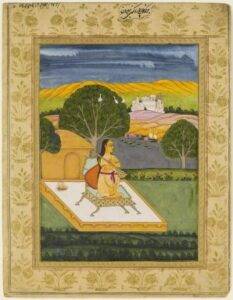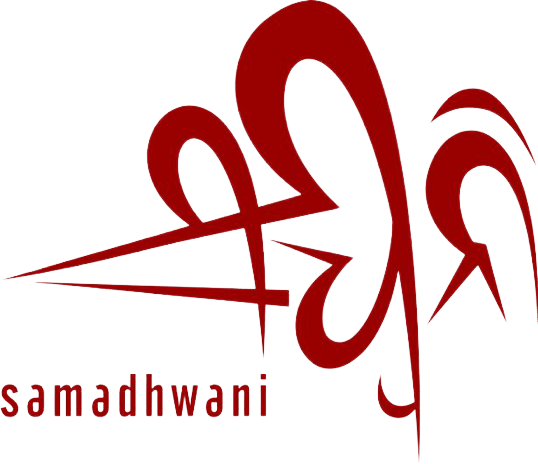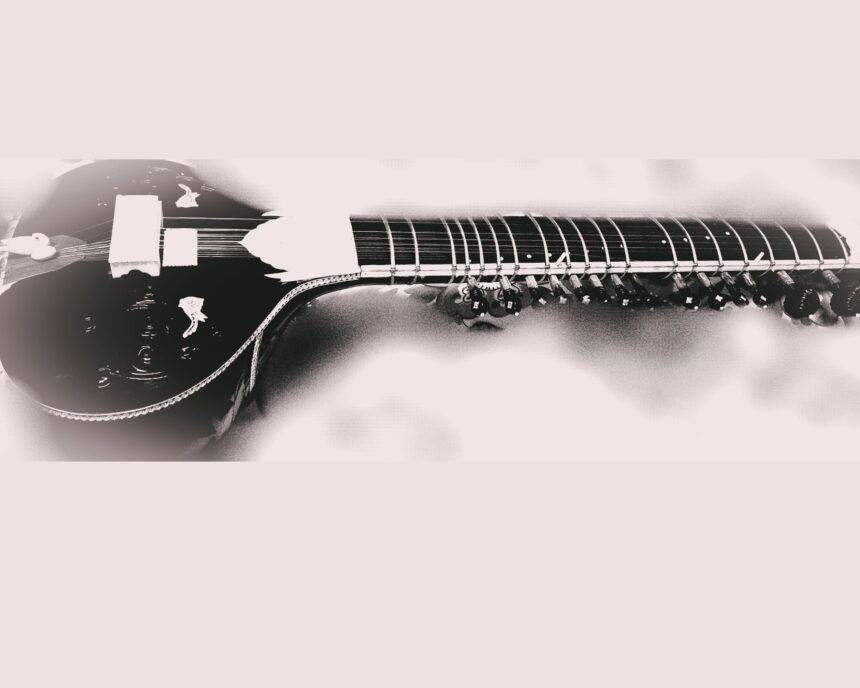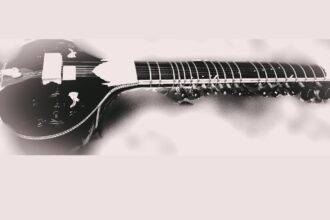As I reflect on the content I’ve prepared for this series, I realize that I’ve yet to delve into one of the most pivotal aspects of Indian music—Raga. While I’ve touched upon it in various chapters, I haven’t dedicated a standalone piece to this fundamental concept. This realization was prompted by recent conversations with a few doctors who are well-versed in the therapeutic applications of music. In one of our conversations, they posed a fundamental question: “What is a Raga?”. They expressed their complete lack of understanding, stating, “We have absolutely no idea what Raga is. Please explain.” which I assume is not true. It fell upon me to elucidate the concept of Raga to individuals who professed to have no prior knowledge of it. This posed a unique challenge, as I had to convey the essence of something that constitutes our entire musical world in the simplest terms possible. I began with the most straightforward definition that one can find in any written document about Raga: “It is the combination of notes, a sequence of musical notes forming the foundation for a melody, conveying various moods associated with different times of the day.” While this explanation is not incorrect, it feels like a significant understatement, given the profound depth and richness of what Raga truly embodies. Indeed, attempting to explain Raga is a daunting task due to its inherent complexity. Nevertheless, I’ll give it a try.
During one of his discussions at Darabar, the renowned contemporary sitar maestro Niladri Kumar offered a unique perspective on understanding Raga. He suggested that before delving into what a Raga is, it’s essential to clarify what it is not. According to him, a Raga is not simply a predefined set or combination of notes upon which musicians create permutations and combinations. It’s not merely a scale or a fixed pattern. Furthermore, Niladri Kumar emphasized that a Raga is not limited to a single composition or a singular method of playing or singing. Instead, it is a multifaceted and dynamic entity that transcends these narrow definitions. A Raga is a living, evolving musical entity that allows for boundless creativity and expression, making it a captivating and limitless concept within Indian classical music.

The concept of Raga is deceptively simple on the surface, often appearing as a mere set of notes. However, the true complexity and depth of Raga become apparent when you delve deeper into its intricacies. It is a multifaceted and profound musical entity that goes far beyond its basic elements. One of the complexities of Raga lies in its ability to evoke a wide range of emotions and moods. Each Raga is associated with specific sentiments, and the skilled musician must master the nuances of expression to convey these feelings effectively. From the tranquility of the morning Raga to the passion of an evening composition, the emotional spectrum within Raga is vast and intricate. Understanding and harnessing the emotional palette of Ragas is a profound skill for musicians. It allows them to communicate a rich canvas of human emotions through their music, connecting deeply with the audience and creating a powerful and evocative musical experience.
Beyond the set of notes, Ragas have a distinctive melodic structure. They dictate not only which notes to play but also the ascending and descending patterns, ornamentations, and specific phrases that define the Raga’s character. This melodic structure provides a unique identity to each Raga and requires in-depth knowledge and practice to master.Ragas are not merely about playing the right notes but also about conveying the appropriate emotional and aesthetic essence, known as “rasa” and “bhava.” Achieving this depth of expression requires years of dedicated practice and a profound connection to the Raga. The beauty of Raga lies in its depth, intricacy, and ability to transport both the performer and the audience to a world of profound emotion and artistic expression. It is this complexity that continues to captivate musicians and enthusiasts alike, making the exploration of Raga a lifelong journey of discovery and mastery. The melodic structure of a Raga is a rich and intricate framework that defines how the melody is constructed, performed, and expressed. It serves as the guiding blueprint for musicians as they explore the vast and nuanced world of Indian classical music, making each Raga a distinct and captivating musical journey.
My revered guru, Pandit Sanjoy Bandopadhyay, once beautifully encapsulated the essence of Raga by describing it as an “audio personification.” This analogy is deeply profound, as it implies that a Raga possesses specific characteristics, behaves in unique ways, and even has its own distinct persona, much like a human being. Just as individuals have their own personalities, emotions, and expressions, each Raga is endowed with its distinct identity. They move through melodies with their particular nuances, evoking a diverse range of emotions and sentiments. This personification of sound adds a human-like quality to Raga, making it a captivating and intricate entity in the world of music. Moreover, Ragas offers a glimpse into the philosophy and spirituality that underlie Indian classical music. They embody concepts of time, nature, and human emotions, providing a profound means of connecting with the spiritual and emotional dimensions of life. They are a testament to the rich heritage and cultural significance of Indian classical music.
Within the realm of Ragas, there exist numerous facets that warrant exploration. These encompass the intricate techniques employed in their performance, the profound philosophical underpinnings that shape their essence, and a multifaceted approach to understanding their intricacies. In the upcoming chapters, we will delve deeper into these aspects, unraveling the techniques, philosophy, and diverse dimensions that collectively contribute to the profound world of Ragas in Indian classical music.






